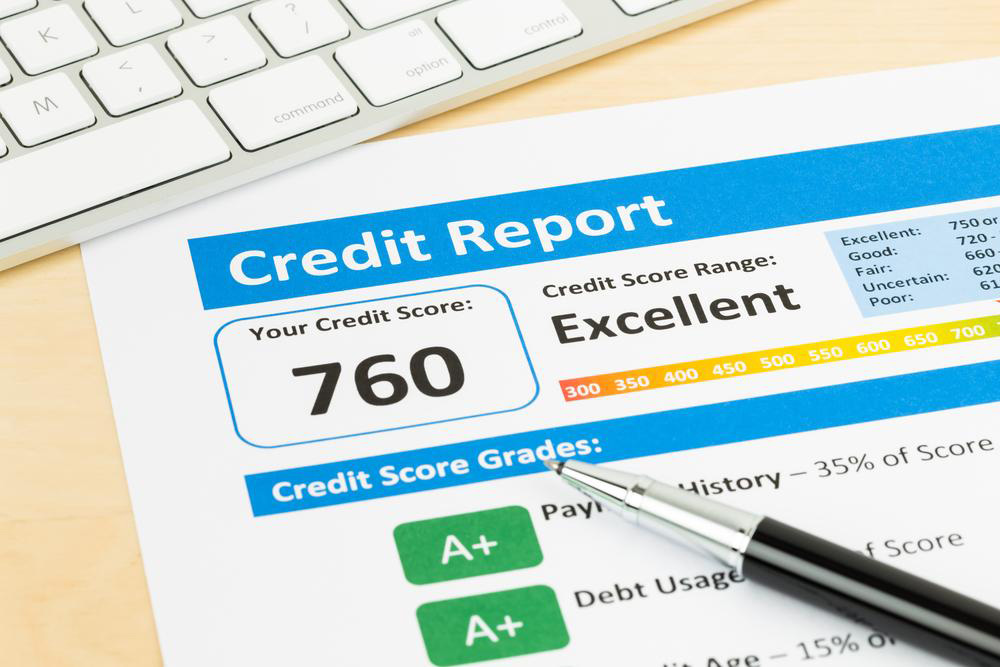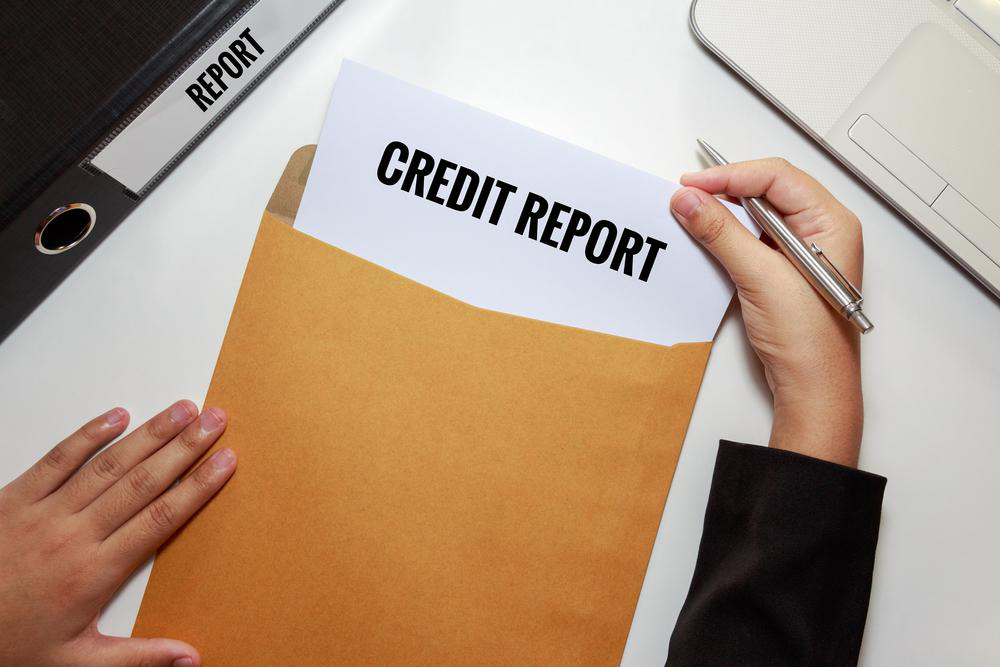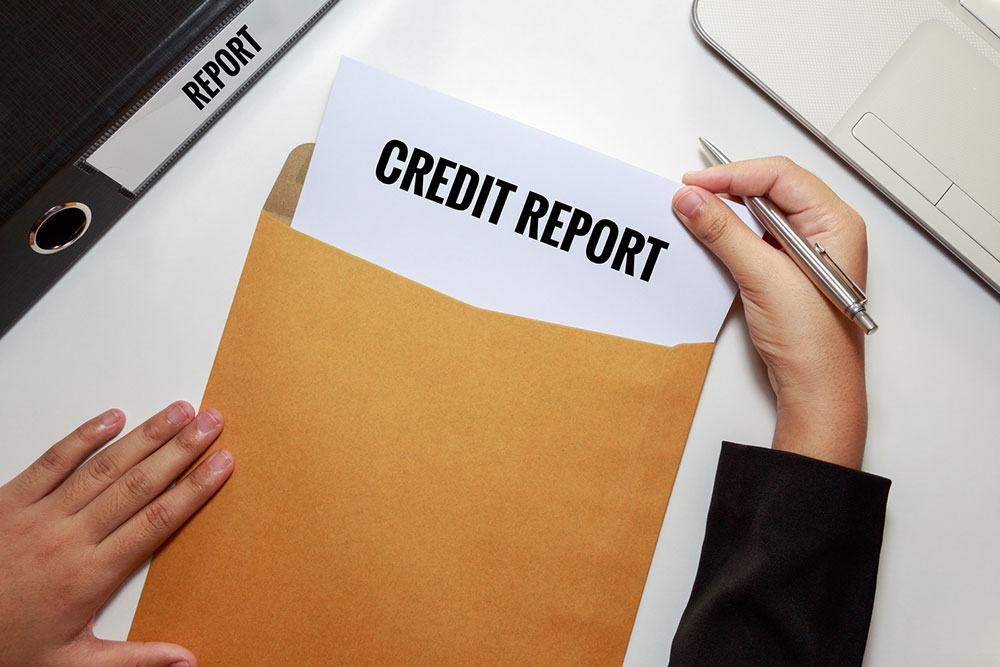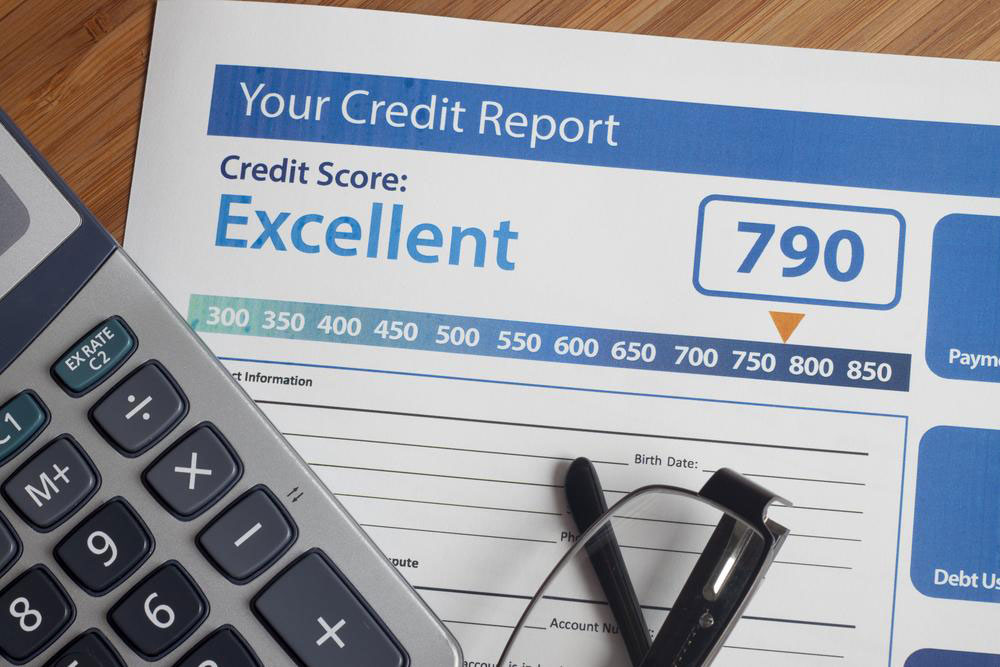Comprehensive Guide to Accessing and Reviewing Your Free Annual Credit Report
Learn how to effectively access and review your free annual credit report to monitor your credit health, detect fraud, and ensure accuracy. This detailed guide covers the process of obtaining reports from the major credit bureaus, key areas to review, and steps to dispute discrepancies. Regular credit monitoring is vital for maintaining financial stability and preventing identity theft. Equip yourself with essential knowledge to manage your credit effectively and stay in control of your financial reputation throughout the year.

Comprehensive Guide to Accessing and Reviewing Your Free Annual Credit Report
Monitoring your credit health is a crucial aspect of maintaining overall financial well-being. Thanks to federal laws, consumers are entitled to receive a free credit report annually from the three major credit bureaus: TransUnion, Experian, and Equifax. Understanding how to access, review, and interpret your credit reports can help you identify potential issues early, prevent identity theft, and maintain accurate credit histories. This comprehensive guide aims to walk you through the entire process of obtaining and analyzing your free annual credit reports, ensuring you have the tools and knowledge necessary to manage your financial reputation effectively.
Under current regulations, you have the right to request a free credit report from each bureau once every 12 months. You can choose to request all three reports simultaneously or stagger your requests throughout the year. This flexibility allows you to keep a constant eye on your credit status and detect irregularities sooner. Accessing all three reports at once makes comparison straightforward, helping you spot any discrepancies quickly. Conversely, requesting them periodically keeps you updated on recent activity, especially useful if you are actively managing credit accounts or planning major financial moves.
To obtain your free reports, visit the official Annual Credit Report website managed jointly by the three bureaus, or contact each bureau directly through their websites. The process typically requires verifying your identity via personal details such as your Social Security number, date of birth, and mailing address. Once verified, you can view and download your credit reports securely. It’s recommended to review each report carefully, noting any unfamiliar accounts or activity, incorrect information, or fraudulent entries.
Once you receive your reports, it’s vital to understand what to look for. Proper review involves examining several key sections of your credit report, each providing essential information about your financial history and current standing.
Personal Details
Verify your name, Social Security number, birthdate, current and previous addresses, and employment information. Ensure there are no errors or unauthorized changes. Correct personal details are fundamental to accurate credit reporting and identity verification.
Credit Inquiries
Check for both soft and hard inquiries. Soft inquiries occur when you check your own credit or when lenders do pre-approval checks, which don't affect your score. Hard inquiries happen when you apply for new credit and might lower your score slightly. Confirm that all inquiries are authorized and identify unfamiliar or suspicious inquiries that could indicate identity theft.
Account Details
Review all active and closed accounts, including credit cards, loans, and mortgages. Verify account numbers, dates, balances, and payment histories. Look for accounts you didn't open or for any signs of fraudulent activity. Accurate account information contributes to your credit score and overall financial profile.
Public Records
Examine any recorded bankruptcies, tax liens, foreclosures, or collections. These entries significantly impact your creditworthiness. Ensure all listed public records are accurate and relevant. Errors here can be detrimental to your credit health and may require dispute.
Payment and Account History
Assess whether your payments are being reported correctly. Check for late payments, defaults, or missed payments. Such information influences your credit score and can affect your ability to secure future credit. Maintaining positive payment history is crucial for financial stability.
If you detect any discrepancies or suspect fraudulent activity, it’s vital to act swiftly. Contact the respective credit bureau where the error appears and file a formal dispute. Providing documentary evidence, such as bank statements or proof of identity, can expedite the investigation. The bureau is obligated to investigate your claim within a reasonable period, typically 30 days, and update your report accordingly if the dispute is validated.
Disputes and corrections are essential not only for maintaining accurate records but also for safeguarding against identity theft. If your credit report reveals signs of identity theft, you should escalate the issue by placing fraud alerts, freezing your credit, and reporting to authorities such as the Federal Trade Commission (FTC). These steps will help protect your credit profile and prevent further unauthorized activity.
In cases where your request for a free report has been denied or if the information remains incorrect after dispute, contact the credit bureau directly to resolve any issues. Persistent problems may require legal advice or assistance from credit counseling services.
Regularly reviewing your credit report is one of the most effective ways to maintain robust financial health. It helps you stay aware of your credit status, prevent fraud, and work towards improving your credit score. Whether you’re planning major financial decisions, applying for a loan, or just want peace of mind, understanding how to access and review your free annual credit reports is an indispensable skill for every responsible consumer.





